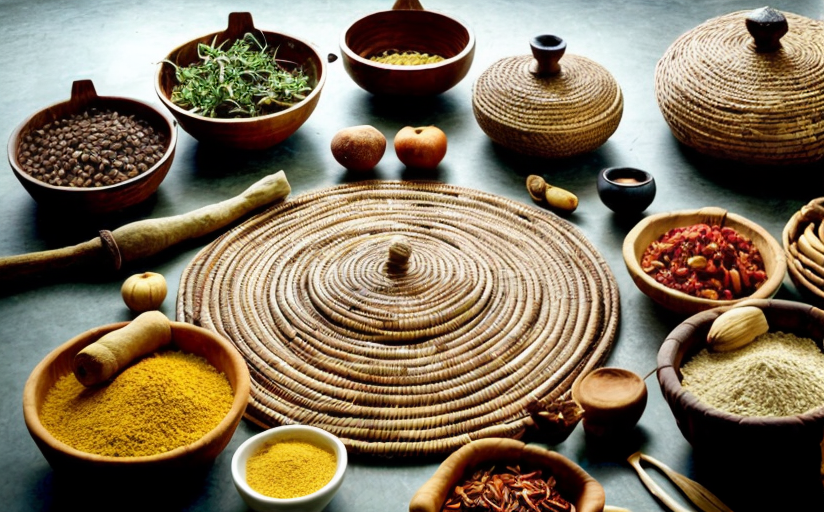Indigenous Cooking Methods: An Exploration of Tradition and Influence
The culinary world is an embodiment of diversity, with each culture presenting a rich collection of unique dishes, preparation methods, and ingredients. An often overlooked but interesting part of this diversity lies in the traditional cooking methods employed by indigenous tribes around the world. Herein, we delve into this intricate world, bringing to focus both the cultural significance of these methods, and their influence on modern cuisine.
The Mythos of Indigenous Cooking
Indigenous cooking is deeply rooted in the relationship between these tribes and Mother Nature. The methods employed are dictated by both the availability of ingredients within their environment, and their deep reverence for nature. From the Native American practice of roasting fish on open fires, to the African Maasai’s ritualistic slaughtering and cooking of livestock, each tribe displays a unique synergy of culture, survival, and culinary expertise.
Preservation and Sustainability
The traditional cooking methods of indigenous tribes often display a remarkable commitment to sustainability. For most tribes, food is procured in sync with the rhythms of nature, through practices such as hunting, fishing, and gathering, which have minimal impact on the ecosystem. This respect for the environment is also reflected in cooking techniques. For instance, the Native American tribes frequently employ clay ovens and open fires, while the Aboriginal tribes of Australia favor the use of earth ovens.
Cultural Exchange and Modern Influence
Despite their simplicity, these traditional cooking methods have had considerable influence on modern cuisine. The open fire grilling of Native American tribes, for instance, has evolved into the American Barbecue tradition. Similarly, the African practice of fermenting grains for drinks, has inspired the production of modern craft beers and spirits.
These influences extend beyond the recipes and techniques to the very essence of cooking—discerning great flavor from simple, fresh ingredients. The lessons from these traditional methods can greatly improve our culinary experiences, encouraging us to revere and respect the ingredients we use, and the environment from which they originate.
Difference Among Tribes and Cultures
While there are overarching similarities among indigenous cooking methods, subtle differences exist that highlight the uniqueness of each tribe and culture. Common factors determining these differences include the tribe's geographic location, available resources, and religious or cultural beliefs. The gluey consistency of African starch dishes differs immensely from the rich, succulent roasts of the Australian aboriginals, demonstrating how interesting and varied these methods are.
In conclusion, the cooking methods of indigenous tribes are an integral part of the culinary world, rich in cultural significance and with influential nuances that have shaped modern cuisines. As we continue to evolve in our culinary pursuits, it's vital that we remember and learn from the sustainable, respectful, and harmonious relationship indigenous tribes nurture with their food and nature.

















Comments
Leave a Comment